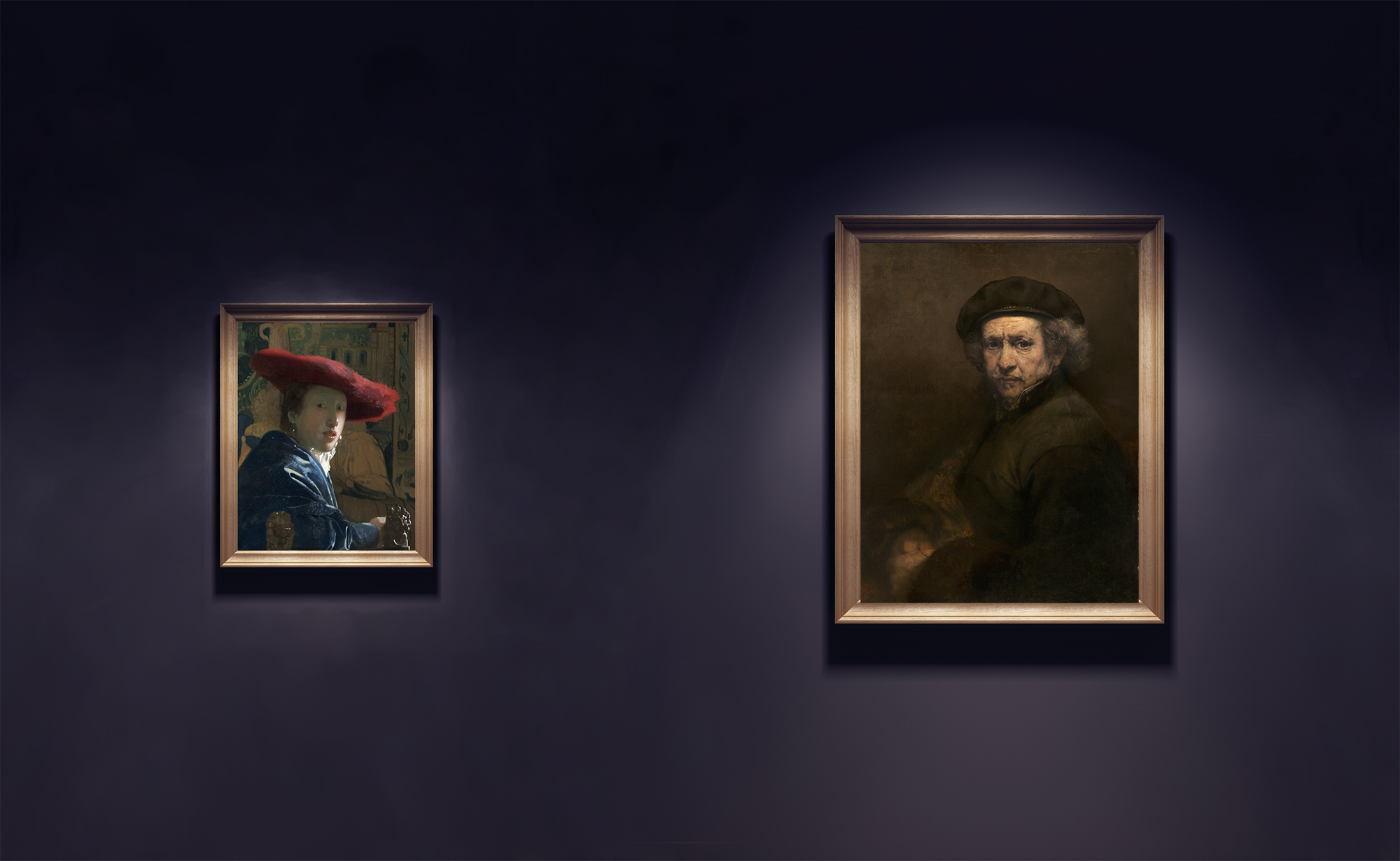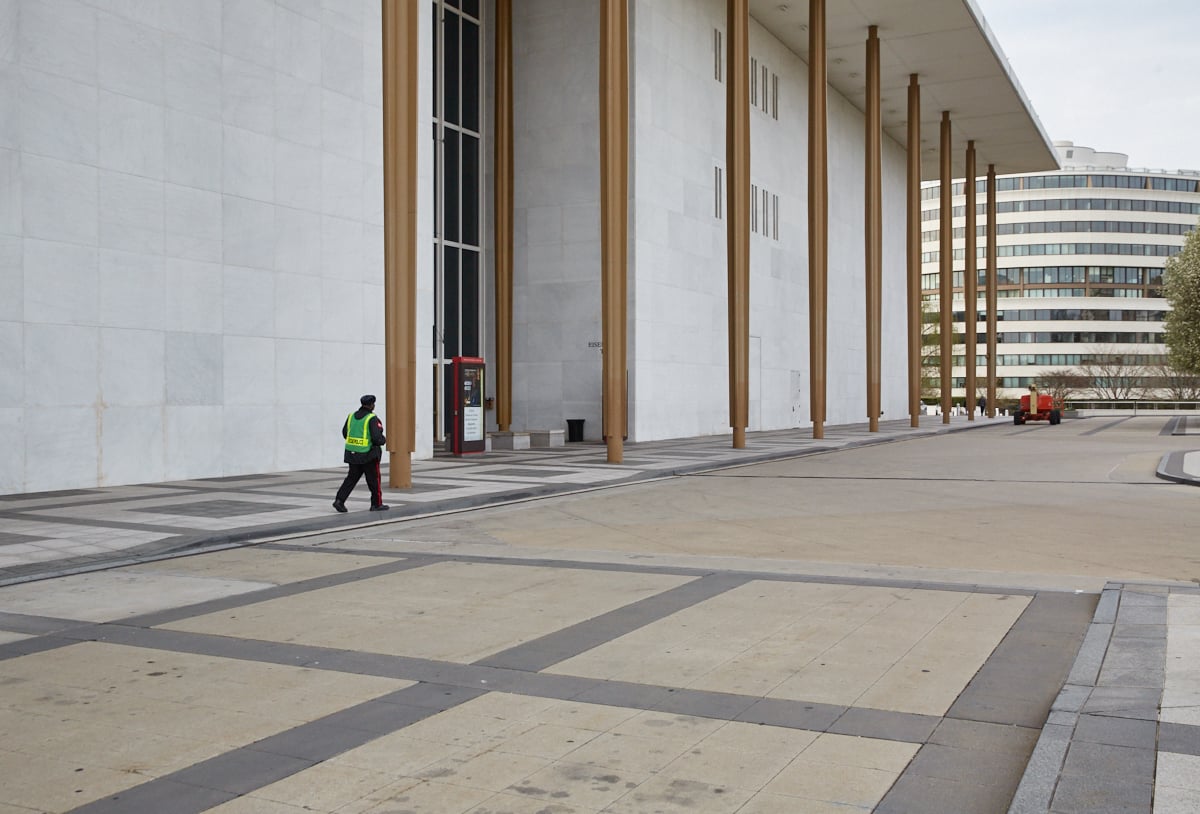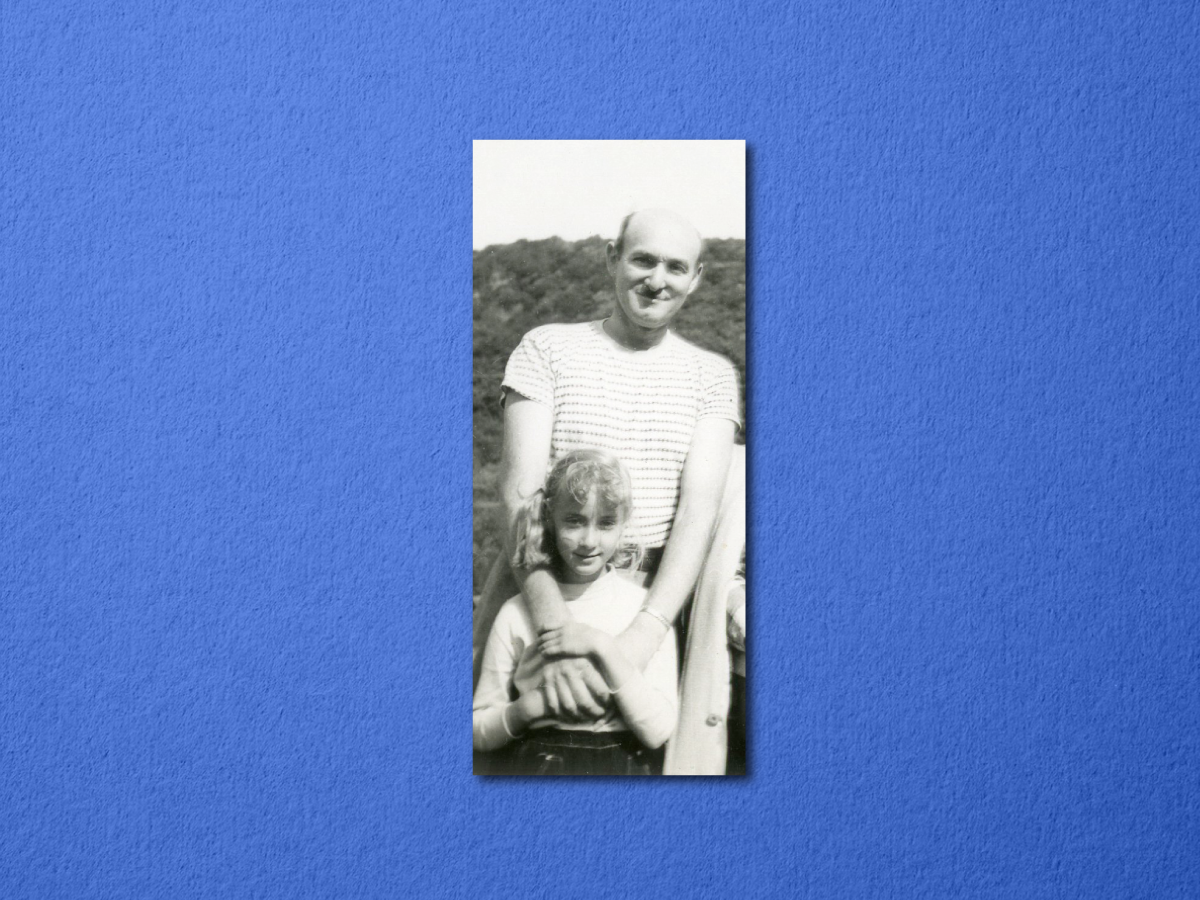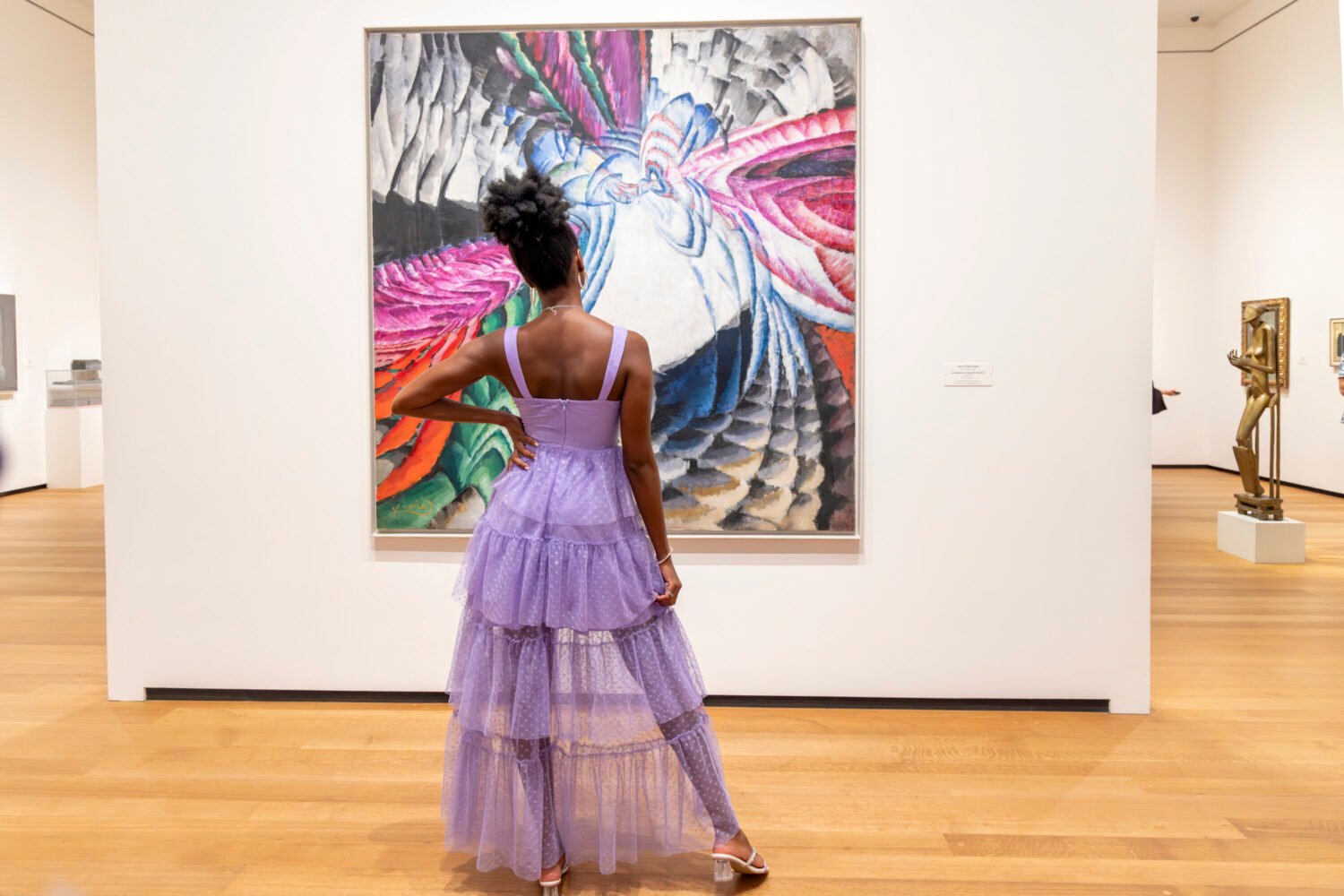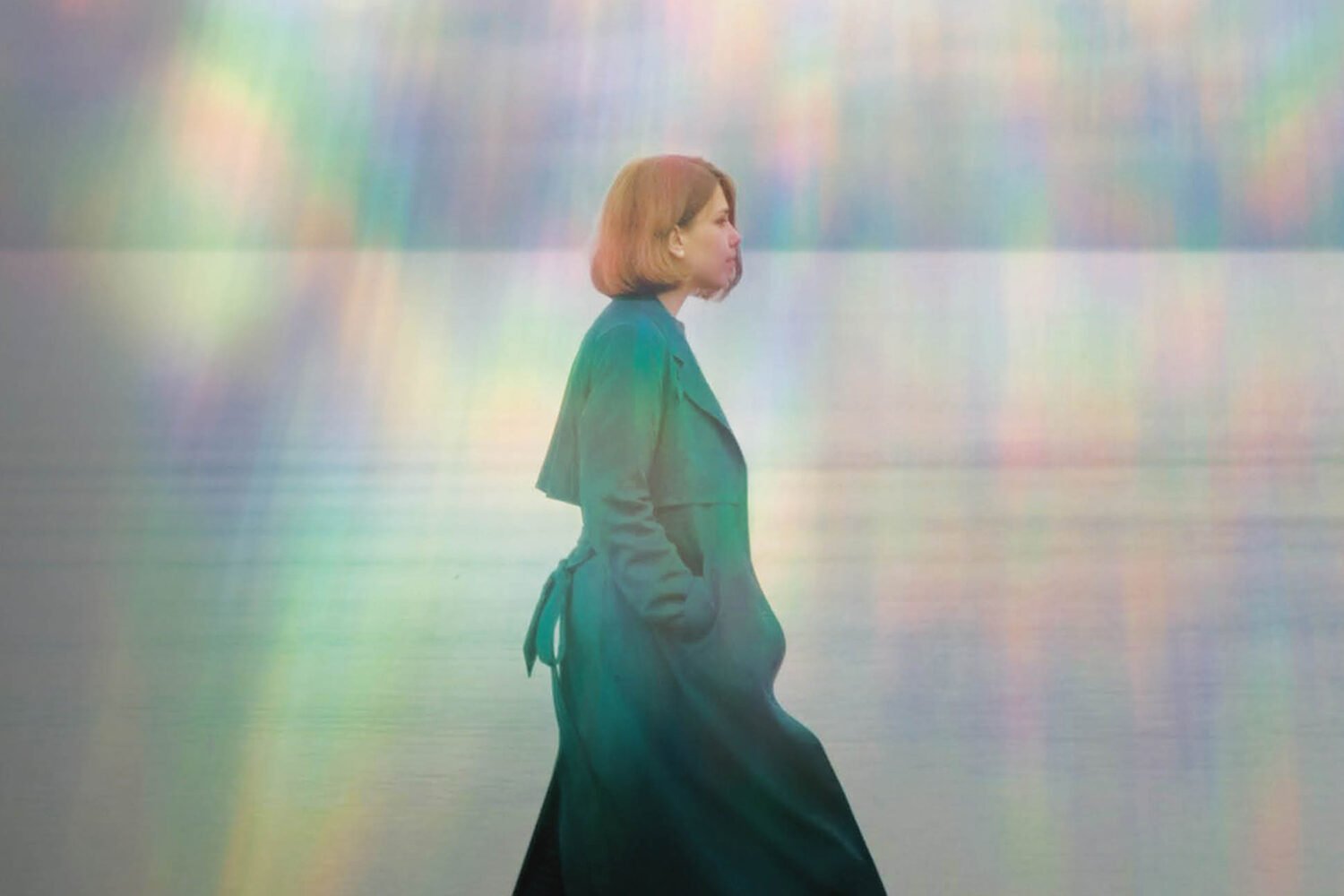By and large, people go to art museums to be amused. I’m an artist—when I go, I’m looking for something specific. Paintings with presence. When I see that spark, I return to study and wonder. These aren’t just really good paintings. They don’t bottom out. Ever. Weary of the parade of tourists, they may not respond to your first few dozen visits—maybe they never will. But over time, they can come to trust someone as quiet as they are. They have time.
In the National Gallery of Art’s Dutch Galleries is a portrait on a piece of wood about the size of a shingle. Vermeer’s “Girl With the Red Hat” catches a passing moment, a glance, on its way from here to somewhere else. It’s one of a handful of paintings I’ve visited twice a month for decades. It’s not an artist thing anymore—we’re old friends. I say hello and soak into the portrait, like a droplet into a sponge.
One day, the painting looked different. Sort of 3-D, like a candlelit diorama set into the wall. The effect wasn’t profound but certainly was curious. I walked to the back of the room and watched as people came and went. No one seemed to notice. Down in the cafeteria, I had a slice of pizza and some coffee, then returned to the Vermeer, determined to describe the effect for myself.
The painting wasn’t so much three-dimensional—more as if someone flipped a playing card at it, the card would disappear into 17th-century Delft and land in the girl’s lap. Her tentative glance was the hinge that opened that trans-temporal window. Vermeer, working with busy little sable brushes, rendered a loophole in time. Whatever the cause, the effect was unintended. He wasn’t a wizard—he was a frantic guy working three jobs to support a household of 13 people.
I needed to talk with someone, so I called Arthur Wheelock, the National Gallery’s curator of Northern Baroque paintings and an authority on Vermeer and Rembrandt. We met in the West Building’s rotunda. Avoiding the word “magical,” I asked: “Are you aware of anything, er, odd about ‘Girl With the Red Hat’?”
“No, what do you mean?”
I struggled: “Have you ever had an unusual experience with it?”
He said, “Years ago, when she was downstairs under restoration, we had an affair.”
I said, “That bitch!”
“Fred,” he consoled me, “it was before she knew you.”
Another regular companion is Rembrandt’s self-portrait from 1659. Over time, intense study has turned to pondering. I trust Rembrandt. Nothing fast and facile like Frans Hals or Rubens. You can feel him holding his breath, placing a touch of paint just so, smudging it with his little finger, stepping back for a squint, then whittling with the point end of his brush.
It’s a desolate portrait. Rembrandt was a disgraced bankrupt. His eyes are direct and honest. He is at once formidable and so very tender.
I’d been looking at the front of that masterpiece for 35 years, until one day Rembrandt sighed. Not quite a sound—more something felt. He was there. Silent thunder. Dear God, he’s painted himself in there. Don’t move, don’t blink, don’t breathe. My metabolism dropped—then stopped. For a moment, a glimmer of his life penetrated eternity. Intimate beyond whispering. The way someone softly clears his throat to announce himself. He was there, then gone.
Distracted, I drifted into the hall and wandered around. Had to get back to work. At Seventh and H, the light turned red. Rush-hour traffic came to a stop at Florida, and I turned off the engine.
Rembrandt and Vermeer sometimes touched holiness. Whatever it cost them, they paid full price.
This article appeared in the March 2018 issue of Washingtonian.

